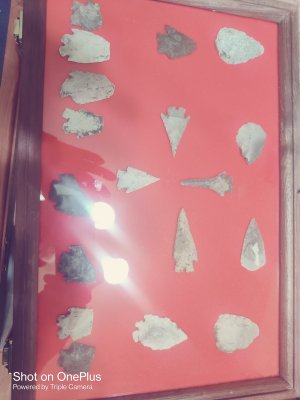You are using an out of date browser. It may not display this or other websites correctly.
You should upgrade or use an alternative browser.
You should upgrade or use an alternative browser.
Artifacts
- Thread starter callmefence
- Start date

Help Support CattleToday:
wbvs58
Well-known member
Really interesting stuff Fence. Do you have much info of how the shafts were bound to the points?A late archaic drill and some final stage preforms along with other blades and dart points.. All these points found together and the work of one individual.
Ken
callmefence
Keyboard cowboy
Just info no artifact's of my own.Really interesting stuff Fence. Do you have much info of how the shafts were bound to the points?
Ken
They find some out west of here especially in dry caves where things tend to decay slower.
They are hafted using a binding of various types covered in a adhesive made from resin. Most "arrowheads" are actually Atlatl darts, knives, scrapers etc.
Actual arrowheads are very small. Anyone with archery experience can understand why. The bow and arrow has only been around this continent for ~1000 years.
The Atlatl is believed to be Clovis technology. ~ 14000 years old. They have got artifacts at a site about 3miles away that are in a layer older than Clovis. I'm getting off in the weeds because your in Australia. The Clovis technology appears to have swept through Australia about the same time as the Americas. The Clovis people where world travelers and leaps and bounds ahead it seems. They followed the mega fauna, mastodons, mammoths and prehistoric horses and they were good enough at it to hunt out populations. Clovis spread from Alaska to the tip of south America (or the opposite) in less than 1000 years. Making it likely there was already people here. The technology spread in other words. Sorry for rambling. I got back interested in my site during the heart surgery recovery. Recently I made a deal with the devil and Ive invited the gault archeology team from UT out . As soon as deer season gets by I'll have some folks out that know what they're doing.
Atlatl...lol
Real American Indian arrowhead.
Some drawings and some actual pics from books.


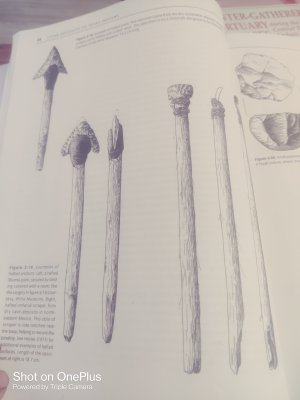

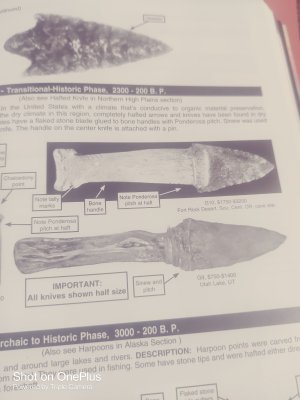
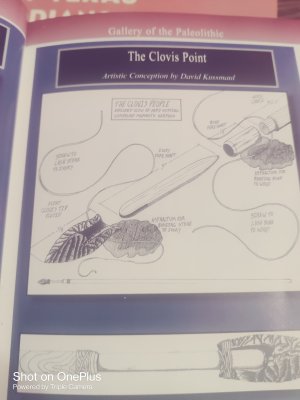
Travlr
Well-known member
There's some debate about humans hunting out animals in the Americas. There was a sudden change in grasses that may have added to the extinctions, about the same times that the newcomers showed up. Gotta wonder if the human immigrations brought the changes along with them. Hard to believe humans killed off entire species when African animals were thriving under similar hunting pressures.Just info no artifact's of my own.
They find some out west of here especially in dry caves where things tend to decay slower.
They are hafted using a binding of various types covered in a adhesive made from resin. Most "arrowheads" are actually Atlatl darts, knives, scrapers etc.
Actual arrowheads are very small. Anyone with archery experience can understand why. The bow and arrow has only been around this continent for ~1000 years.
The Atlatl is believed to be Clovis technology. ~ 14000 years old. They have got artifacts at a site about 3miles away that are in a layer older than Clovis. I'm getting off in the weeds because your in Australia. The Clovis technology appears to have swept through Australia about the same time as the Americas. The Clovis people where world travelers and leaps and bounds ahead it seems. They followed the mega fauna, mastodons, mammoths and prehistoric horses and they were good enough at it to hunt out populations. Clovis spread from Alaska to the tip of south America (or the opposite) in less than 1000 years. Making it likely there was already people here. The technology spread in other words. Sorry for rambling. I got back interested in my site during the heart surgery recovery. Recently I made a deal with the devil and Ive invited the gault archeology team from UT out . As soon as deer season gets by I'll have some folks out that know what they're doing.
Atlatl...lol
Real American Indian arrowhead.
Some drawings and some actual pics from books.
View attachment 22599View attachment 22595View attachment 22596View attachment 22596View attachment 22597View attachment 22598
callmefence
Keyboard cowboy
Certainly debate about everything.There's some debate about humans hunting out animals in the Americas. There was a sudden change in grasses that may have added to the extinctions, about the same times that the newcomers showed up. Gotta wonder if the human immigrations brought the changes along with them. Hard to believe humans killed off entire species when African animals were thriving under similar hunting pressures.
But if they weren't hunting out populations why did they keep moving?
It's pretty much the mo of the hunter gatherer. use up the resources. Game, firewood, building materials and then move on. Circle back through in a few generations .
When people started farming they started staying in one place. Interesting that's also when it appears started fighting and killing rival groups.
Side note ... lots of evidence of Paleo and archaic period people keeping livestock.
What's easy to fence in and easy to move ?? Turtle's... nobody got a wooly mammoth today...it's turtle soup...?
Last edited:
Travlr
Well-known member
LOL... yeah... I remember walking on the beaches in Acapulco and there'd be lines of overturned sea turtles in the shade of the palm trees. Just waiting...Certainly debate about everything.
But if they weren't hunting out populations why did they keep moving?
It's pretty much the mo of the hunter gatherer. use up the resources. Game, firewood, building materials and then move on. Circle back through in a few generations .
When people started farming they started staying in one place. Interesting that's also when it appears started fighting and killing rival groups.
Side note ... lots of evidence of Paleo and archaic period people keeping livestock.
What's easy to fence in and easy to move ?? Turtle's... nobody got a wooly mammoth today...it's turtle soup...?
Buck Randall
Well-known member
- Joined
- Jun 5, 2019
- Messages
- 2,697
- Reaction score
- 3,148
I don't find it too hard to believe. African species evolved to survive alongside humans. Wildlife in the Americas got taken by surprise.There's some debate about humans hunting out animals in the Americas. There was a sudden change in grasses that may have added to the extinctions, about the same times that the newcomers showed up. Gotta wonder if the human immigrations brought the changes along with them. Hard to believe humans killed off entire species when African animals were thriving under similar hunting pressures.
Travlr
Well-known member
Horses and camels both breed like vermin... They must have been competition for forage with bison at one time. Look at the way they have become problems in Australia. And a small number of stone age hunters traveling in groups of ten to thirty on foot drove them to extinction? Maybe the animals were a lot slower back then...I don't find it too hard to believe. African species evolved to survive alongside humans. Wildlife in the Americas got taken by surprise.
I'm not trying to convince you to change your mind... just pointing out the disparities involved.
I can imagine a slow moving herd of mammoth being followed and killed off one by one. Maybe several at a time being run off a cliff occasionally. A single wooly rhino, giant armadillo, or giant sloth being taken as opportunity presents. They may have already been on the decline and as their numbers got fewer they simply couldn't find each other to breed.
Horses and camels? Not so much. And the grass did change at the same time as the extinctions. I can't just toss that off as though it doesn't matter.
I'll just continue to keep my mind open and keep gathering information. It's not like a conclusion is required.
To me it's similar to the which came first chicken it the egg?Certainly debate about everything.
But if they weren't hunting out populations why did they keep moving?
Where humans fleeing the same environmental changes the animals where? Where they the cause of the changing environment or simply trying to adapt to it as all other living things where at the time.
Same questions are asked every day currently. How much is man's actions responsible for the changing environment?
Environmental conditions have changed long before man existed and will continue long after he is extinct.
Science has also proven that just because two things change over time doesn't always equal a cause and effect
callmefence
Keyboard cowboy
Environmental conditions will change without man. But anyone with eyes can see man definitely changes the environment. If a small group of archaic people run a herd of buffalo over a cliff most going to waste. Or a modern group who believes the grocery store should always provide what they want immediately. Or fuel should be so cheap that they can travel as far as they please whenever they please. No different.To me it's similar to the which came first chicken it the egg?
Where humans fleeing the same environmental changes the animals where? Where they the cause of the changing environment or simply trying to adapt to it as all other living things where at the time.
Same questions are asked every day currently. How much is man's actions responsible for the changing environment?
Environmental conditions have changed long before man existed and will continue long after he is extinct.
Science has also proven that just because two things change over time doesn't always equal a cause and effect
Mankind will always use up whatever it decides to.
callmefence
Keyboard cowboy
I missed your Africa reference. I get your point but to my knowledge Clovis didn't come from Africa.Horses and camels both breed like vermin... They must have been competition for forage with bison at one time. Look at the way they have become problems in Australia. And a small number of stone age hunters traveling in groups of ten to thirty on foot drove them to extinction? Maybe the animals were a lot slower back then...
I'm not trying to convince you to change your mind... just pointing out the disparities involved.
I can imagine a slow moving herd of mammoth being followed and killed off one by one. Maybe several at a time being run off a cliff occasionally. A single wooly rhino, giant armadillo, or giant sloth being taken as opportunity presents. They may have already been on the decline and as their numbers got fewer they simply couldn't find each other to breed.
Horses and camels? Not so much. And the grass did change at the same time as the extinctions. I can't just toss that off as though it doesn't matter.
I'll just continue to keep my mind open and keep gathering information. It's not like a conclusion is required.
Buck Randall
Well-known member
- Joined
- Jun 5, 2019
- Messages
- 2,697
- Reaction score
- 3,148
It's believed that humans arrived in the midst of a deep ice age, so it's not crazy to believe that large herbivore numbers were already low, and then a bunch of slow hairless monkeys who didn't appear all that scary showed up and caught a lot of the remaining population by surprise.Horses and camels both breed like vermin... They must have been competition for forage with bison at one time. Look at the way they have become problems in Australia. And a small number of stone age hunters traveling in groups of ten to thirty on foot drove them to extinction? Maybe the animals were a lot slower back then...
I'm not trying to convince you to change your mind... just pointing out the disparities involved.
I can imagine a slow moving herd of mammoth being followed and killed off one by one. Maybe several at a time being run off a cliff occasionally. A single wooly rhino, giant armadillo, or giant sloth being taken as opportunity presents. They may have already been on the decline and as their numbers got fewer they simply couldn't find each other to breed.
Horses and camels? Not so much. And the grass did change at the same time as the extinctions. I can't just toss that off as though it doesn't matter.
I'll just continue to keep my mind open and keep gathering information. It's not like a conclusion is required.
Travlr
Well-known member
I'm pretty sure there was a Clovis equivalent in pre-history Africa, wasn't there? The hunting pressures were likely to be similar. Hell, much later Rome sent hunters into Africa to supply the colosseum. When did that start and how long did it go on?I missed your Africa reference. I get your point but to my knowledge Clovis didn't come from Africa.
Just juggling ideas here.
Just as every other species on earth.Environmental conditions will change without man. But anyone with eyes can see man definitely changes the environment.
Elephants turn forests into grasslands.
Beavers change dry land into wetlands and reduce speed and flow of water down stream. Is a elephant responsible for climate change?
Is the beaver responsible for climate change? Do wild fires destroy the environment and lead to climate change ? Or do they rejuvenate the climate and allow the cycle to continue?
callmefence
Keyboard cowboy
Yes all of those things are responsible for climate change.Just as every other species on earth.
Elephants turn forests into grasslands.
Beavers change dry land into wetlands and reduce speed and flow of water down stream. Is a elephant responsible for climate change?
Is the beaver responsible for climate change? Do wild fires destroy the environment and lead to climate change ? Or do they rejuvenate the climate and allow the cycle to continue?
Buck Randall
Well-known member
- Joined
- Jun 5, 2019
- Messages
- 2,697
- Reaction score
- 3,148
And if we had 7 billion elephants or beavers on earth mucking up the climate, we'd be doing something to try to mitigate it, and it wouldn't be particularly controversial to most.Yes all of those things are responsible for climate change.
Travlr
Well-known member
The accumulated effects of animals can change climate systems... yes.Just as every other species on earth.
Elephants turn forests into grasslands.
Beavers change dry land into wetlands and reduce speed and flow of water down stream. Is a elephant responsible for climate change?
Is the beaver responsible for climate change? Do wild fires destroy the environment and lead to climate change ? Or do they rejuvenate the climate and allow the cycle to continue?
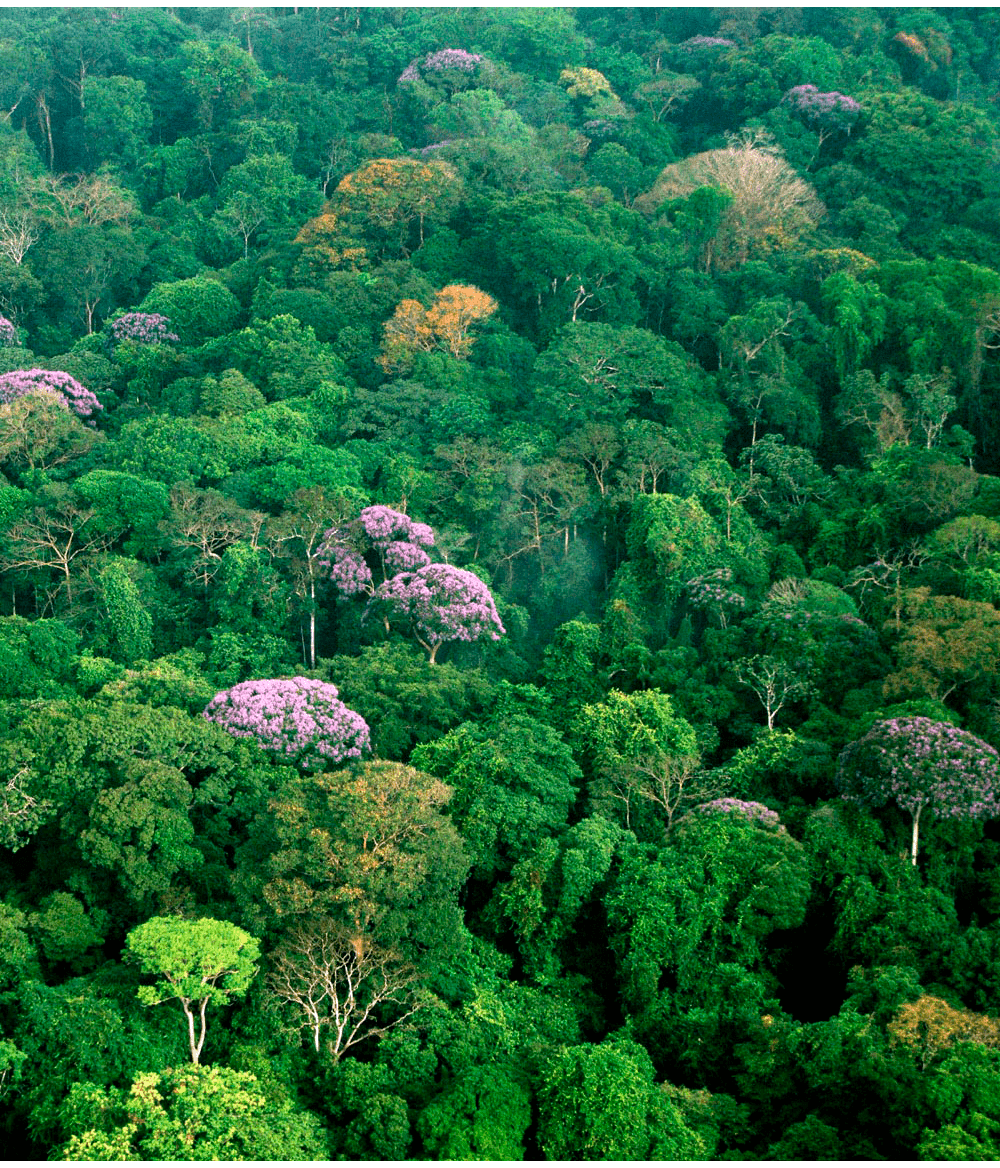
Humans Make Up Just 1/10,000 of Earth's Biomass
Plants make up 80 percent, but human activity chopped that number in half over the last 10,000 years
How many ants are there on the planet? Their combined weight will surprise you
Ants’ high degree of social organisation has enabled them to colonise nearly all ecosystems and regions around the globe
callmefence
Keyboard cowboy
I'm sorry I forgot you were there.
Humans Make Up Just 1/10,000 of Earth's Biomass
Plants make up 80 percent, but human activity chopped that number in half over the last 10,000 yearswww.smithsonianmag.com
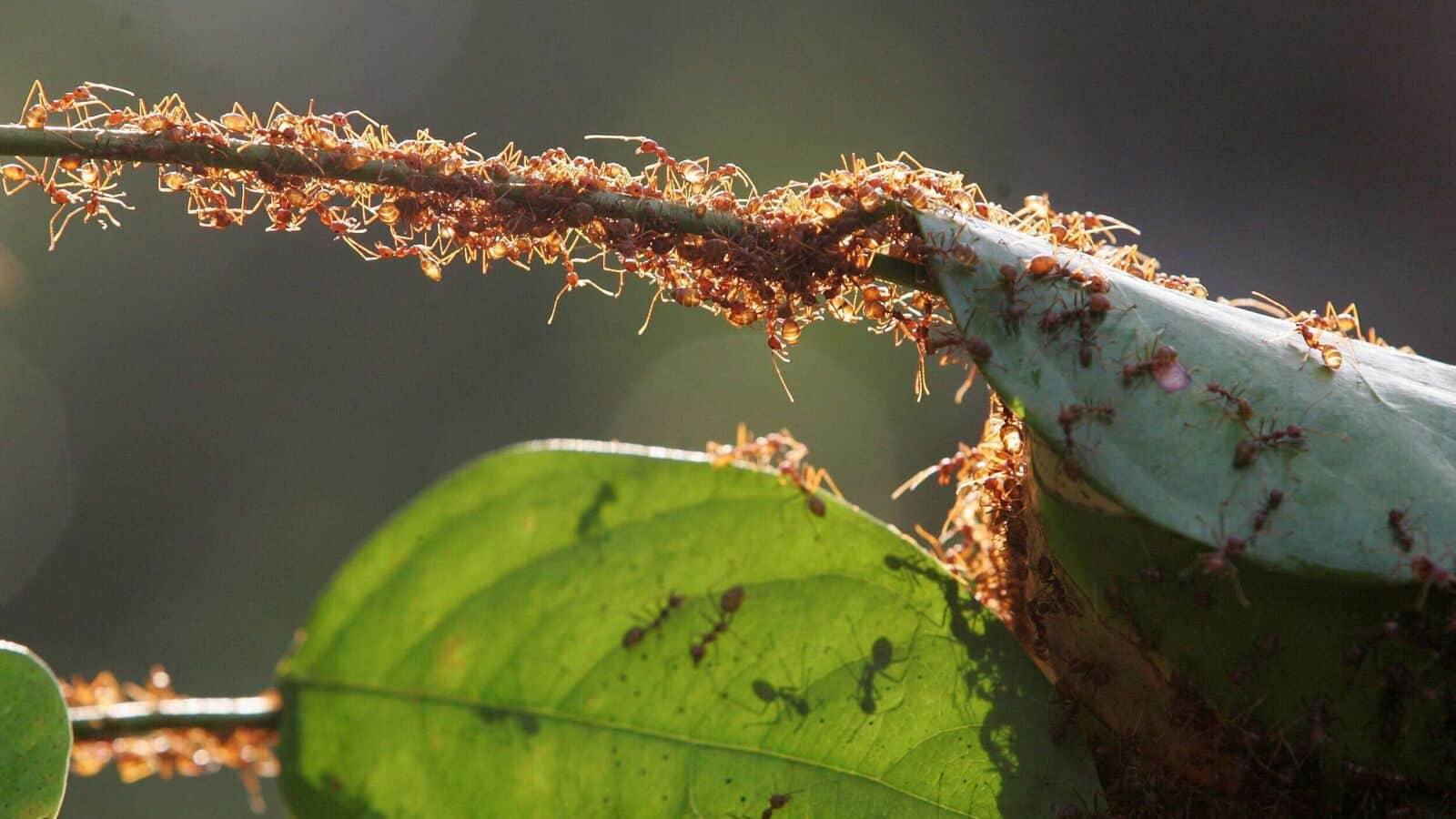
How many ants are there on the planet? Their combined weight will surprise you
Ants’ high degree of social organisation has enabled them to colonise nearly all ecosystems and regions around the globewww.livemint.com
Have you been up all night arguing with yourself???..
Last edited:
Little Joe
Well-known member
@callmefence I told you 2 months ago that I'd post pictures of some of my dad's stuff, was over there yesterday and remembered to take pictures, he has several more 5 gallon buckets of stuff in his shop. This is about 60 years of finds. Warning, lots of pictures
Attachments
-
 F9098409-5908-4029-867C-7F0403C675C1.jpeg3.8 MB · Views: 5
F9098409-5908-4029-867C-7F0403C675C1.jpeg3.8 MB · Views: 5 -
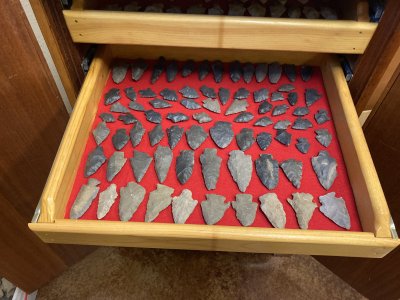 0C2884AC-0341-4C18-AE97-83A00613A248.jpeg3.8 MB · Views: 5
0C2884AC-0341-4C18-AE97-83A00613A248.jpeg3.8 MB · Views: 5 -
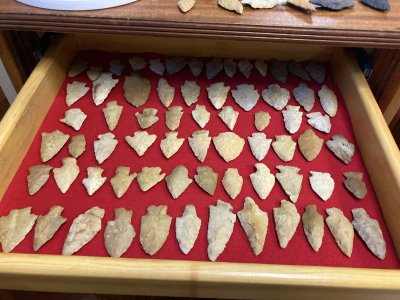 95DB6966-4E9F-4292-81E4-098F4D530DF9.jpeg3.3 MB · Views: 5
95DB6966-4E9F-4292-81E4-098F4D530DF9.jpeg3.3 MB · Views: 5 -
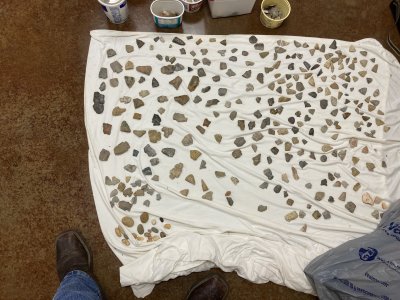 E35FB0FD-D09C-4E41-AC7C-D13E7B32A34E.jpeg4 MB · Views: 5
E35FB0FD-D09C-4E41-AC7C-D13E7B32A34E.jpeg4 MB · Views: 5 -
 B5A11E0F-A08D-4030-A89F-F5A9BD9B8393.jpeg4.7 MB · Views: 5
B5A11E0F-A08D-4030-A89F-F5A9BD9B8393.jpeg4.7 MB · Views: 5 -
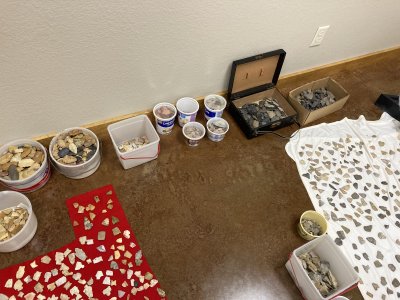 9D29CD19-5ABB-49AC-B41D-EF91D54CB3D2.jpeg4.1 MB · Views: 6
9D29CD19-5ABB-49AC-B41D-EF91D54CB3D2.jpeg4.1 MB · Views: 6 -
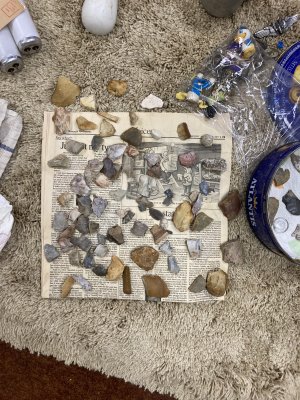 1012783C-5261-4382-8D8A-623FB2D8B938.jpeg3.2 MB · Views: 5
1012783C-5261-4382-8D8A-623FB2D8B938.jpeg3.2 MB · Views: 5 -
 A04CF475-AC10-4C72-A49B-E8960F0DB2A4.jpeg2.3 MB · Views: 5
A04CF475-AC10-4C72-A49B-E8960F0DB2A4.jpeg2.3 MB · Views: 5 -
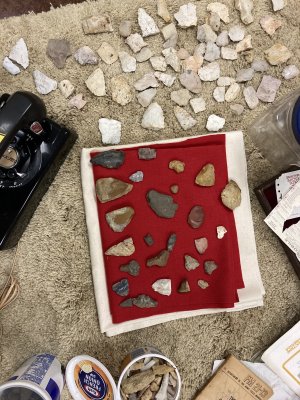 E2E1945C-37D4-42D2-B448-7BE30BE81D88.jpeg2.7 MB · Views: 3
E2E1945C-37D4-42D2-B448-7BE30BE81D88.jpeg2.7 MB · Views: 3 -
 430F4C17-87C7-4DDD-BA28-F87857D421FF.jpeg4.3 MB · Views: 3
430F4C17-87C7-4DDD-BA28-F87857D421FF.jpeg4.3 MB · Views: 3 -
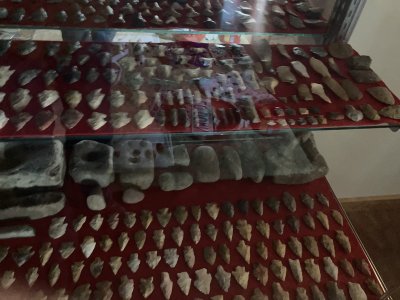 FBAD04EF-27C6-4276-B4E1-DF5B4731407A.jpeg4.6 MB · Views: 3
FBAD04EF-27C6-4276-B4E1-DF5B4731407A.jpeg4.6 MB · Views: 3 -
 98A28AD2-DEDE-4156-BB17-3560DD828E2C.jpeg3.9 MB · Views: 3
98A28AD2-DEDE-4156-BB17-3560DD828E2C.jpeg3.9 MB · Views: 3 -
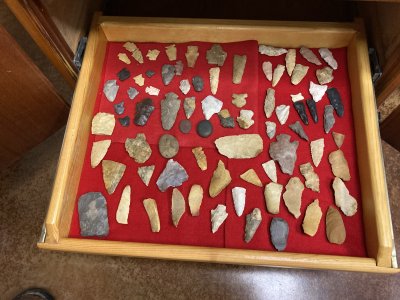 CBA5D8C9-F0DD-4577-BF03-387F1B32F266.jpeg3.8 MB · Views: 2
CBA5D8C9-F0DD-4577-BF03-387F1B32F266.jpeg3.8 MB · Views: 2 -
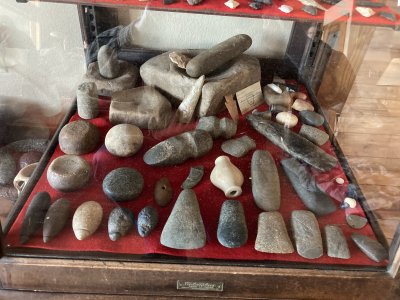 FB239319-271A-44CA-8C1E-0E6CBE8CE945.jpeg4.2 MB · Views: 3
FB239319-271A-44CA-8C1E-0E6CBE8CE945.jpeg4.2 MB · Views: 3 -
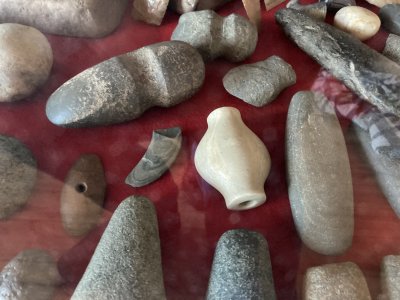 FF1E14CD-0516-4556-930B-9B4D13BC5B13.jpeg4.3 MB · Views: 3
FF1E14CD-0516-4556-930B-9B4D13BC5B13.jpeg4.3 MB · Views: 3 -
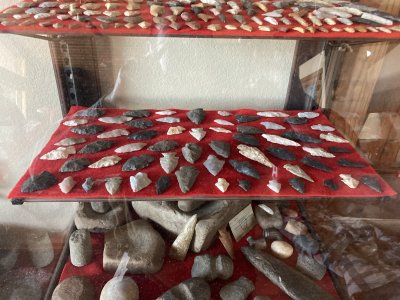 5D0113A9-0B3A-445D-8175-32DDA3491469.jpeg4.1 MB · Views: 3
5D0113A9-0B3A-445D-8175-32DDA3491469.jpeg4.1 MB · Views: 3 -
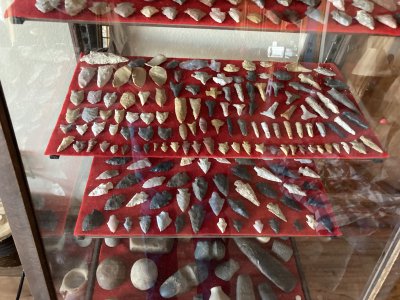 AEB5FECC-CB2C-4D56-98EB-2BAC90022056.jpeg4.3 MB · Views: 2
AEB5FECC-CB2C-4D56-98EB-2BAC90022056.jpeg4.3 MB · Views: 2 -
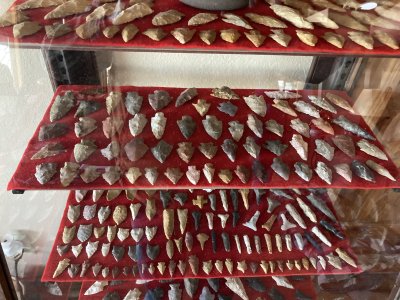 44D66DA2-85AB-4B1E-B310-67761FCEB8B9.jpeg4.2 MB · Views: 2
44D66DA2-85AB-4B1E-B310-67761FCEB8B9.jpeg4.2 MB · Views: 2 -
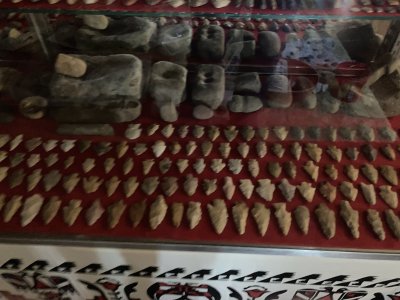 F816715C-B0C4-4A65-9788-A72799167291.jpeg4.9 MB · Views: 2
F816715C-B0C4-4A65-9788-A72799167291.jpeg4.9 MB · Views: 2 -
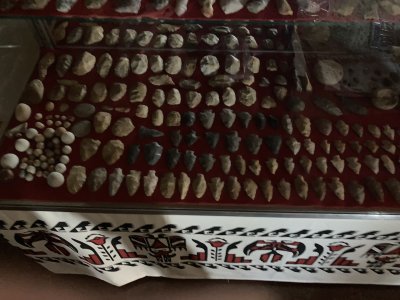 D0A8F9D6-FBB6-4A0A-9AAE-675F6C5AF5DA.jpeg4.6 MB · Views: 3
D0A8F9D6-FBB6-4A0A-9AAE-675F6C5AF5DA.jpeg4.6 MB · Views: 3 -
 BC9DDB04-B2F0-4CC5-9514-6335F7CA97AF.jpeg4.6 MB · Views: 3
BC9DDB04-B2F0-4CC5-9514-6335F7CA97AF.jpeg4.6 MB · Views: 3 -
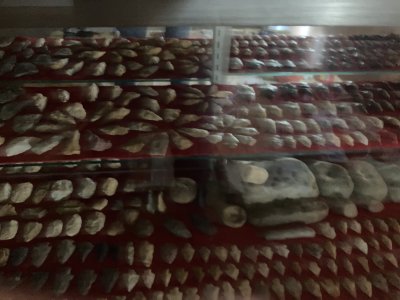 D606FD54-25F2-42BF-BEC8-961842943499.jpeg4.5 MB · Views: 3
D606FD54-25F2-42BF-BEC8-961842943499.jpeg4.5 MB · Views: 3 -
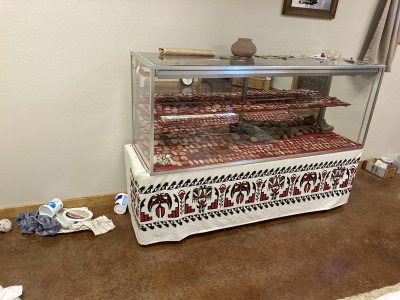 B9B99FAE-F803-4F99-BBB8-5820F249B561.jpeg4.1 MB · Views: 3
B9B99FAE-F803-4F99-BBB8-5820F249B561.jpeg4.1 MB · Views: 3 -
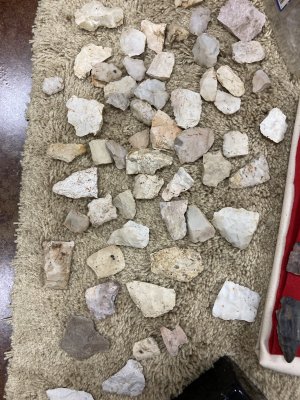 1104BD9C-9E10-47CB-AEB0-2C92AAEFEFD9.jpeg2.7 MB · Views: 3
1104BD9C-9E10-47CB-AEB0-2C92AAEFEFD9.jpeg2.7 MB · Views: 3 -
 40B97A93-991E-4D38-B743-33B57E4BAC6F.jpeg2.5 MB · Views: 5
40B97A93-991E-4D38-B743-33B57E4BAC6F.jpeg2.5 MB · Views: 5
